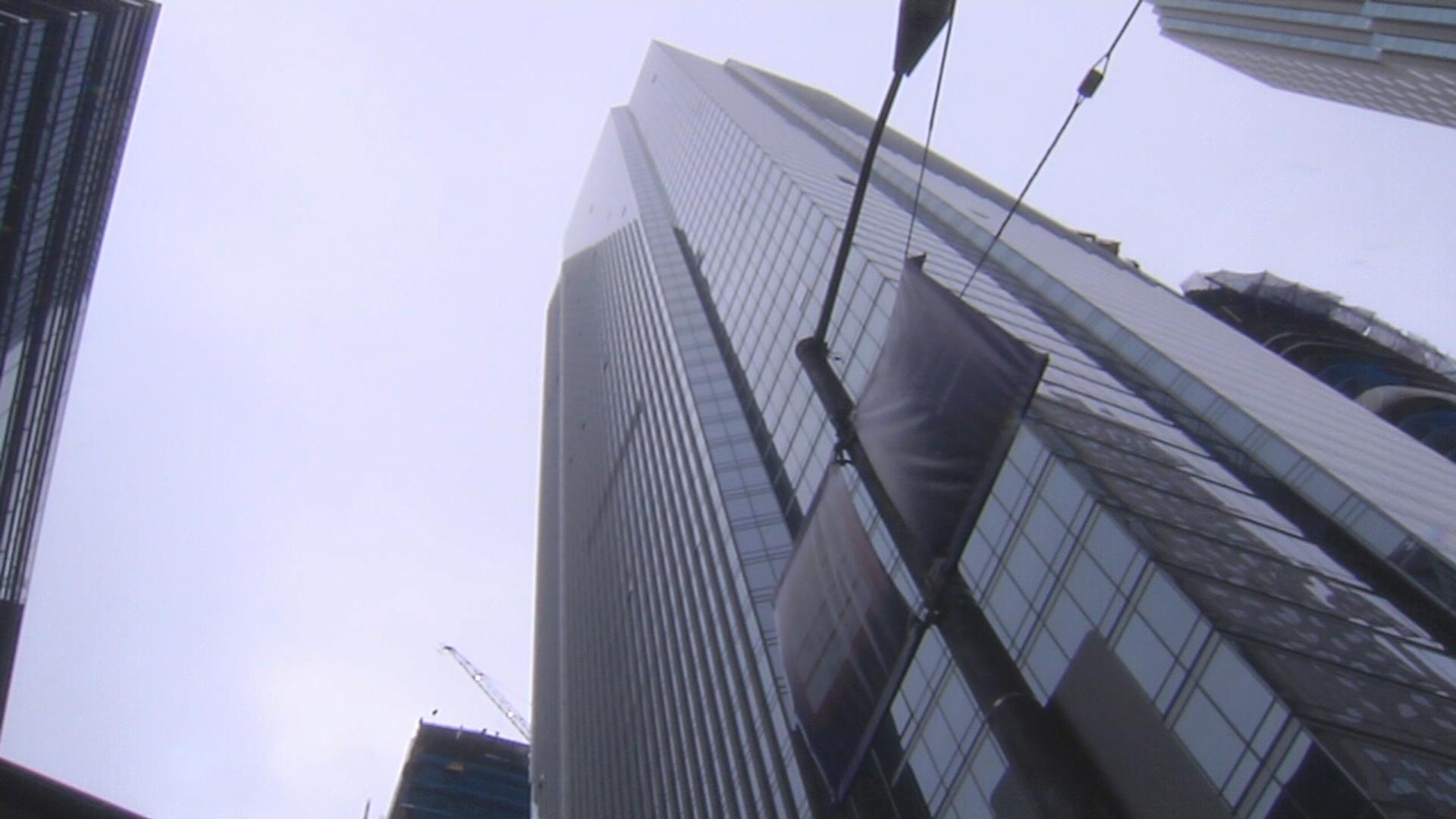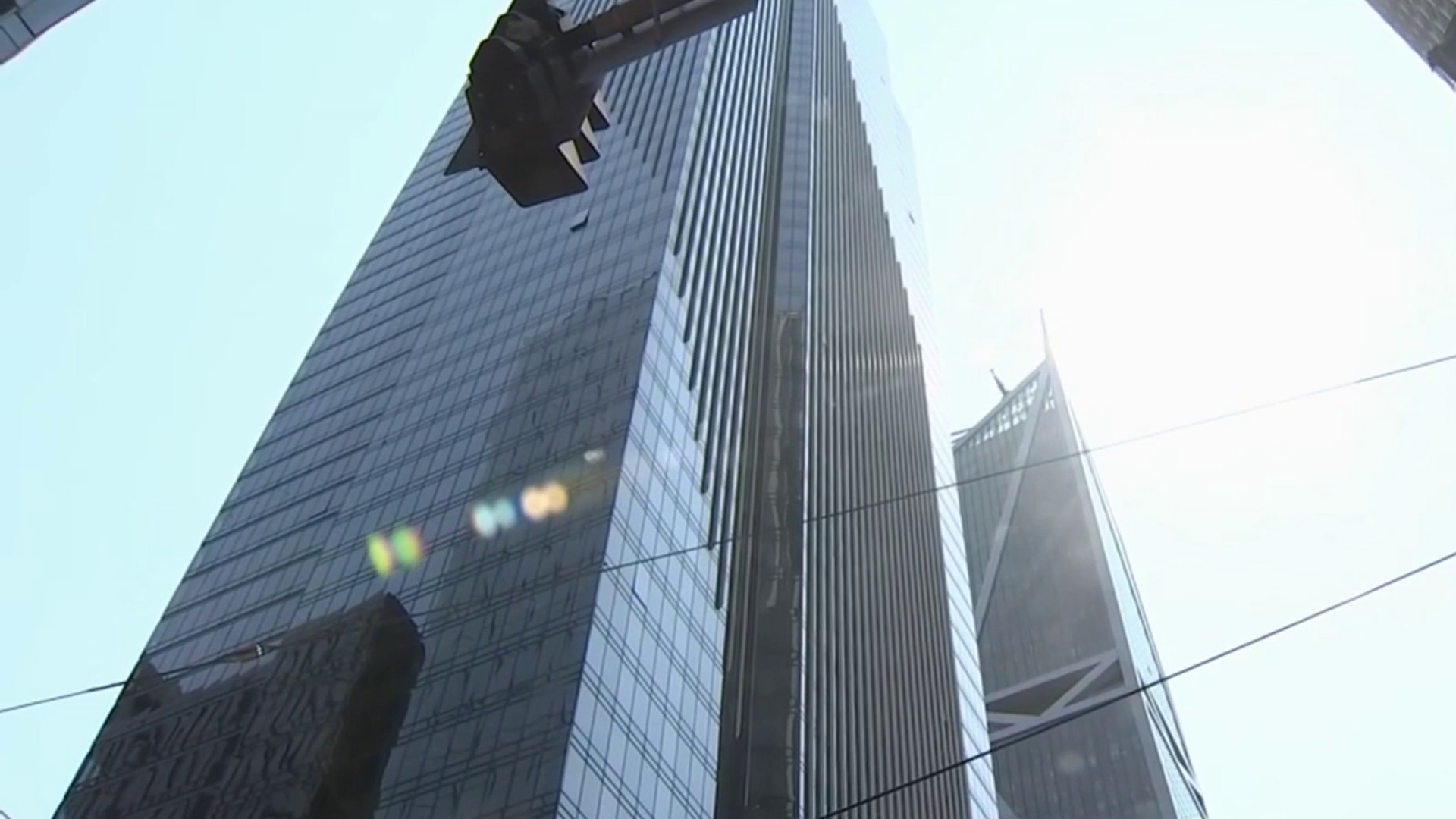Records that experts say could shed light on what caused the Millennium Tower to sink and tilt so much last summer are missing, NBC Bay Area’s Investigative Unit has learned. Investigative Reporter Jaxon Van Derbeken has the exclusive story.
Records that experts say could shed light on what caused the Millennium Tower to sink and tilt so much last summer are missing, NBC Bay Area’s Investigative Unit has learned.
“I want to see that information, I want our experts to see that information -- they need to produce that information,” said Supervisor Aaron Peskin, referring to the now missing drilling log data from when six foundation support piles were drilled and installed back in August, when the building was sinking and tilting so fast that it prompted a halt to the fix.
Peskin first pressed fix engineer Ron Hamburger about the issue during a hearing last week.
“There was no requirement that they be furnished to the Department of Building Inspection,” Hamburger told Peskin. “There was a submittal made to me as engineer of record. I reviewed it, returned it to the contractor as approved.”
City building permit director Neville Pereira backed Hamburger on that assertion, agreeing there was no city requirement in place at the time.
“It's expected that the design professional --and as Mr. Hamburger has stated -- that they reviewed these for any anomalies and, you know, alert the team if there was any concern,” Pereira said at the hearing.
Pereira stressed that the city now requires drilling records be provided to its review team.
But Peskin says he is anxious to see the apparently missing records -- from the three weeks in August when crews installed the first six foundation support piles to bedrock and the building was sinking far more rapidly.
NBC Bay Area’s investigative unit separately obtained the comment log tracking communications between a city-appointed engineering review panel and the Millennium fix team. One entry shows the review panel first asked for the drilling logs back in September, only to be told later by the fix team that the data was “not recorded.”
Get a weekly recap of the latest San Francisco Bay Area housing news. Sign up for NBC Bay Area’s Housing Deconstructed newsletter.
The drilling logs are of particular interest because an independent expert’s report pointed to apparent problems during the drilling of two piles at the time when the building was sinking and tilting more rapidly. In his analysis of the first test pile installation, Ben Turner of Dan Brown & Associates told Pereira in a report that some of the data he reviewed suggested a theory that pile installation crews “unintentionally mined’’ ground beneath the building.
He noted that in two cases in August, construction records show crews had to pump in far more than expected amounts of concrete grout to seal up the pile installation holes. Turner first suggested the grout was filling voids created when soil was removed during drilling.
At the hearing, however, Turner said the current theory is the ground simply absorbed the tons of extra grout.
Meanwhile, Peskin says he’s left frustrated by the gap in information at a key time in the project.
“Mr. Hamburger said on the record that the data did exist -- although it says somewhere else that the data does not exist,” Peskin said Wednesday. “If it exists, I want it.”
Peskin says the data could be especially valuable as the city is currently reviewing the viability of Millennium’s plan to reduce the number of support piles it will install by two thirds.



